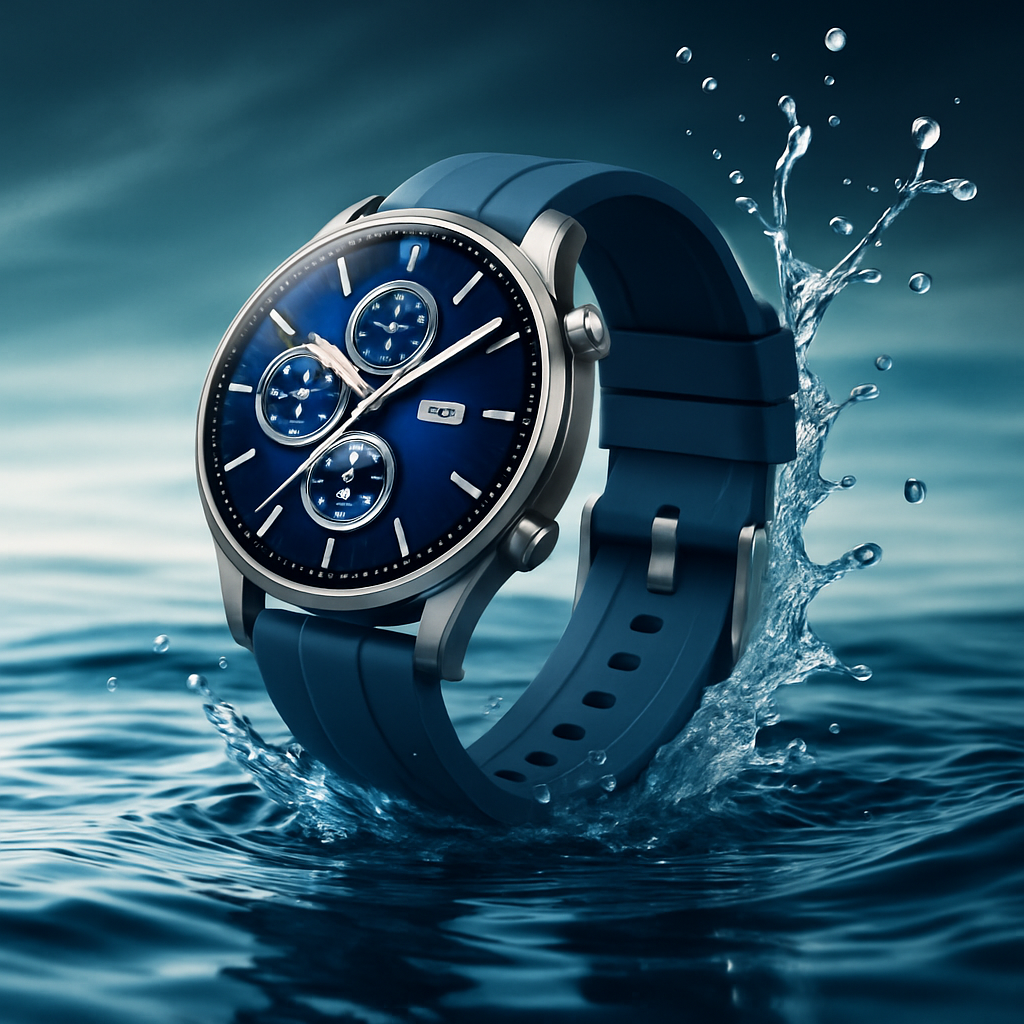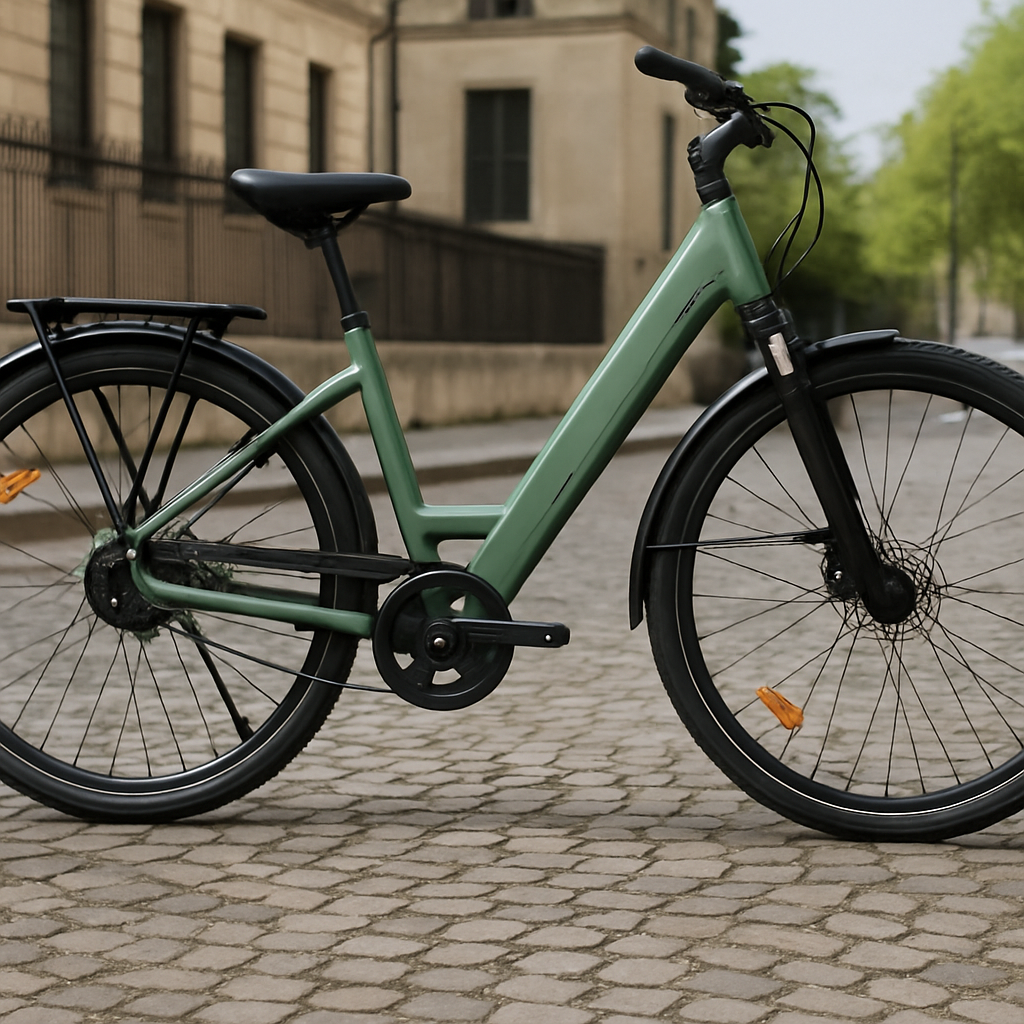Starting February 20, 2024, Lime rolled out 1,000 of its latest generation electric bicycles across the French Riviera. While the rollout began in Nice, riders in neighboring towns such as Saint-Jean-Cap-Ferrat and Cagnes-sur-Mer can also access the new e-bikes. After more than a year with the Gen4 models in service, Lime is already upgrading its fleet in France with the arrival of the new LimeBike.
For U.S. urban cyclists and micromobility advocates, the LimeBike represents what’s next for shared e-bikes—larger wheels, an improved frame design, and enhanced durability. The new models hit European streets after debuting in cities like Atlanta (U.S.), Turin (Italy), Nyon and Zurich (Switzerland), and Aarhus (Denmark), signaling Lime’s commitment to a global fleet refresh aimed at boosting reliability and rider comfort.
Making Public E-Biking More Practical
The latest LimeBike models feature 20-inch wheels—up from the smaller sizes on previous versions—providing a smoother ride over uneven pavement and cobblestone during European winters or cracked asphalt in American cities. A lower step-through frame makes mounting and dismounting easier for riders of all heights, while the new geometry significantly improves stability, especially at speeds up to 15 mph. Riders who value convenience will appreciate the larger front basket, big enough for a laptop bag or weekly groceries.
Removable batteries remain a signature feature, so field technicians can swap out depleted units quickly, keeping more bikes in circulation and reducing downtime. The front-hub electric motor delivers consistent pedal assistance up to 20 mph, allowing commuter riders to arrive at work sweat-free and leisure cyclists to explore city streets or seaside promenades with minimal effort. From a U.S. perspective, the improvements echo trends in shared micromobility toward more robust vehicles that can survive heavy daily use.
Why the Early Fleet Upgrade?
When Lime introduced the Gen4 e-bikes in early 2023, they touted a 96% recyclability rate and durability enhancements. Yet within a year, the company opted for an even more comprehensive redesign. According to Lime’s product team, the first pilot programs revealed that riders quickly fell in love with the LimeBike’s practicality and comfort—which in turn drove up usage rates. High utilization is a double-edged sword: more trips mean higher revenue per bike, but also greater wear and tear.
Joe Kraus, President of Lime, explains, “During our initial pilots last year, it was clear the LimeBike captured riders’ hearts. We designed these new bikes to last longer, require fewer repairs, and withstand heavier usage—translating into better service for our customers and lower operating costs.” In the U.S., where fleet reliability often makes or breaks a shared mobility program, these enhancements could set a new standard for operators aiming for premium performance.
Boosting Sustainability Through Longevity
Lime’s goal is to extend the average lifespan of each bike, reducing the frequency of shipping units back to service centers for maintenance. More durable components and a simplified assembly lower both material waste and labor hours. The company’s sustainability report estimates that these upgrades could reduce lifecycle emissions by up to 15%, thanks to fewer manufacturing cycles and less frequent part replacements.
“We want a fleet that’s built to last,” Kraus adds. “By improving durability, we not only keep more bikes on the streets but also cut down on the environmental footprint associated with repairs and replacements.” Converting this approach to U.S. cities could mean fewer service trucks on the road—a welcome environmental and traffic-congestion benefit for metro areas from Los Angeles to New York.
Strategic Move for Paris Service Contract
Paris is set to renew its public e-bike contract for the 2025–2029 period, and Lime hopes the enhanced LimeBike will strengthen its bid. The City of Light has emphasized “inclusive electric mobility” as a key evaluation criterion, accounting for 20% of the contract score, alongside environmental performance, which comprises another 20%.
While the French capital has yet to announce the winning bid—due later in 2024—Lime’s timing makes sense. Launching a more user-friendly, robust bike in the French market exhibits a tangible commitment to excellence just ahead of the decision. Competitors include Dott (the current incumbent), France’s Pony with its two-seater design, Britain’s Forest Motion modular bike, and China’s HelloBike, all vying for a slice of Paris’s multimillion-dollar micromobility program.
What This Means for U.S. Riders
In cities like Atlanta, where LimeBike has already launched alongside hundreds of dockless e-scooters and bicycles, the new design sets the stage for an even better rider experience. City planners in U.S. markets such as San Francisco, Miami, and Chicago have taken note of Lime’s global fleet upgrade, considering similar improvements for their own shared mobility programs.
For American riders who value comfort, reliability, and a greener way to commute, the evolution of LimeBike promises next-level performance. As micromobility competition intensifies, riders can look forward to innovations that prioritize longevity, ease of use, and environmental responsibility—whether they’re pedaling along the Seine or cruising down Ocean Drive in Florida.
















